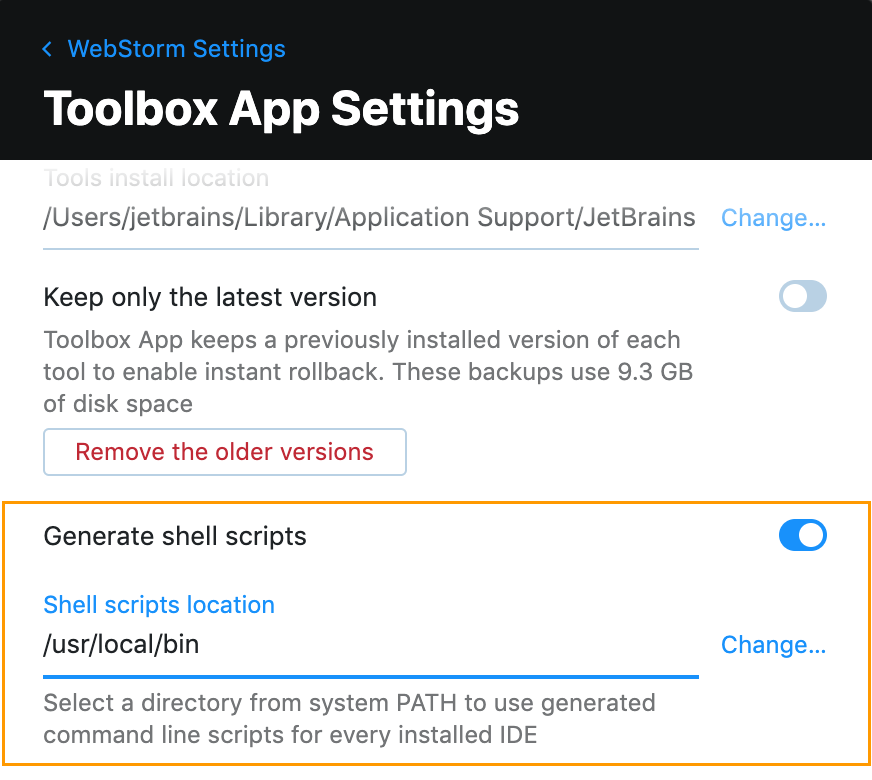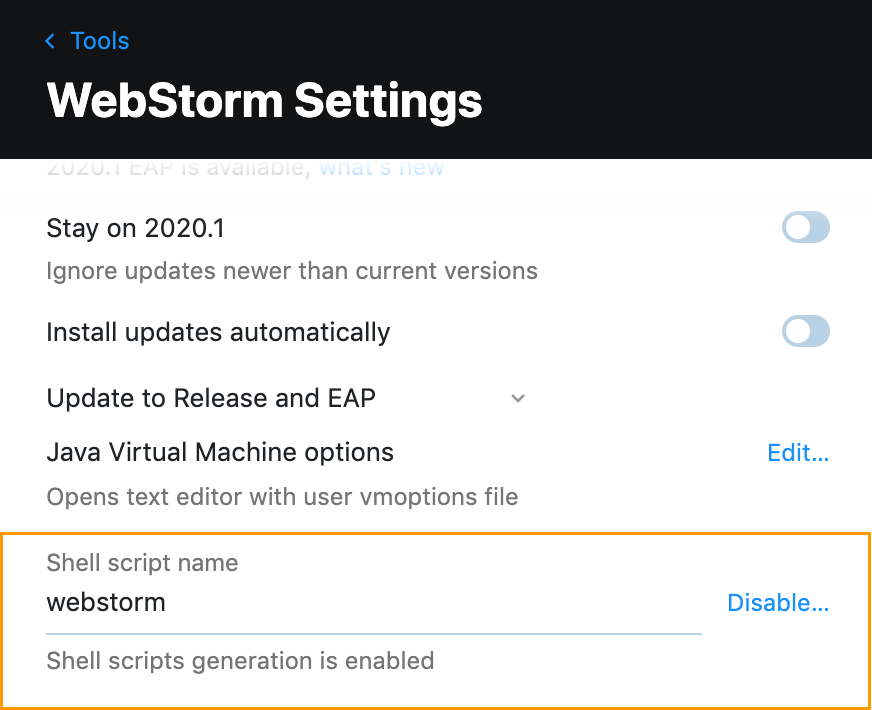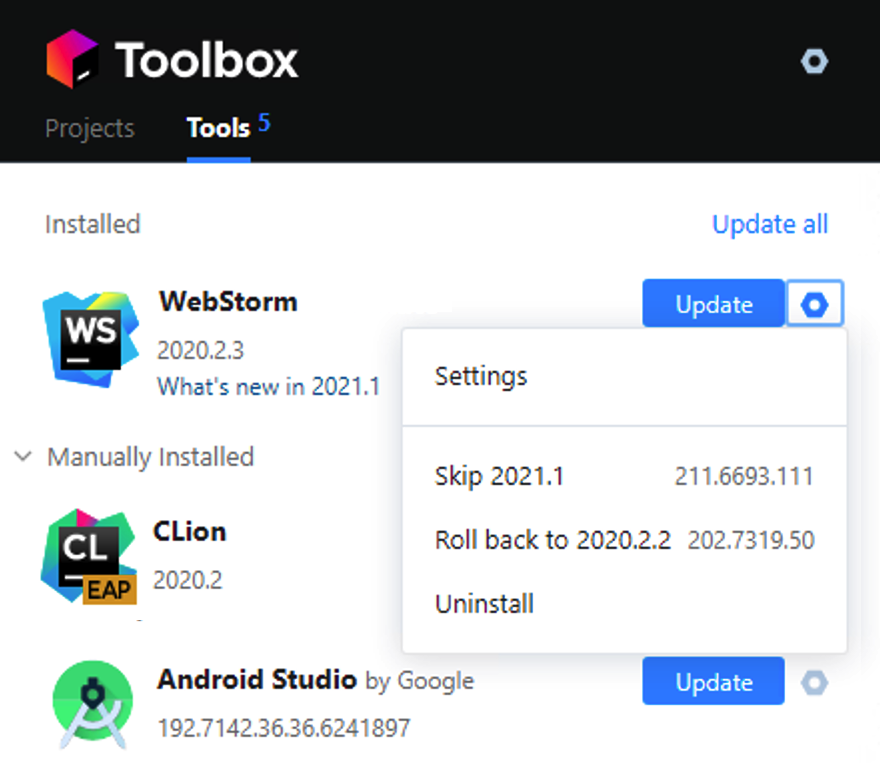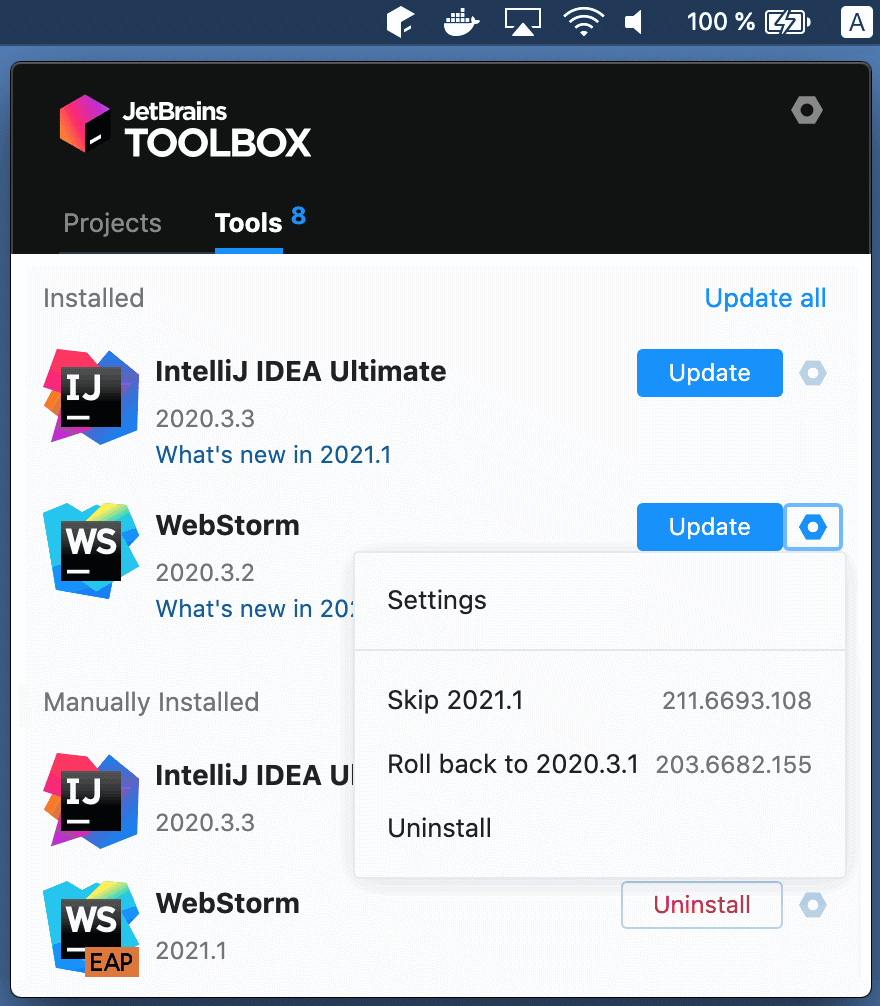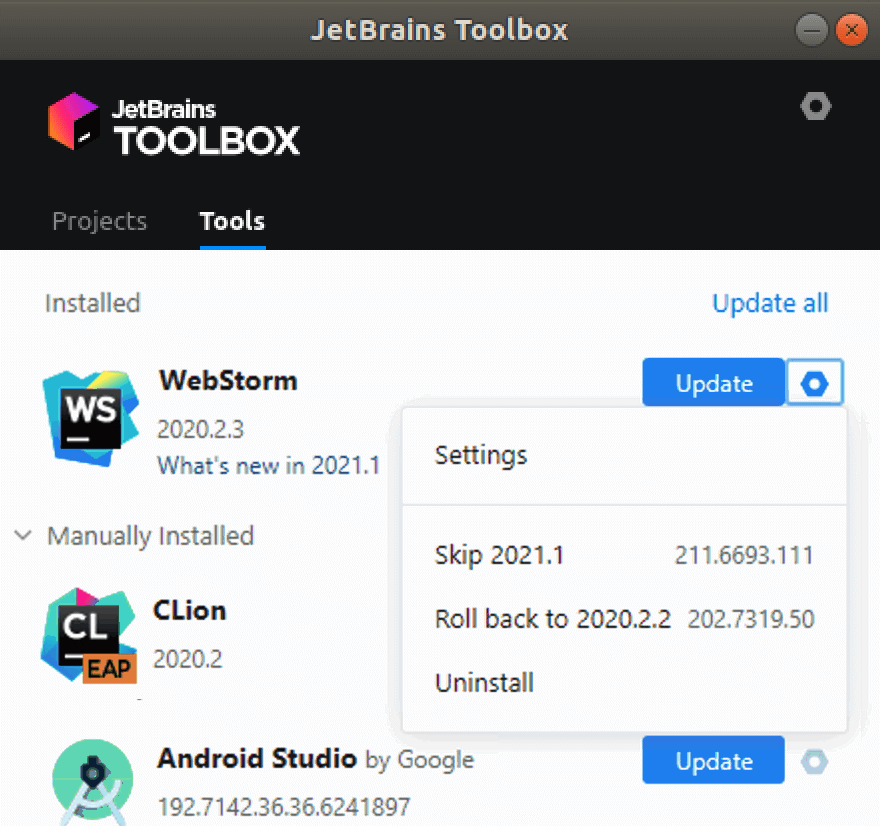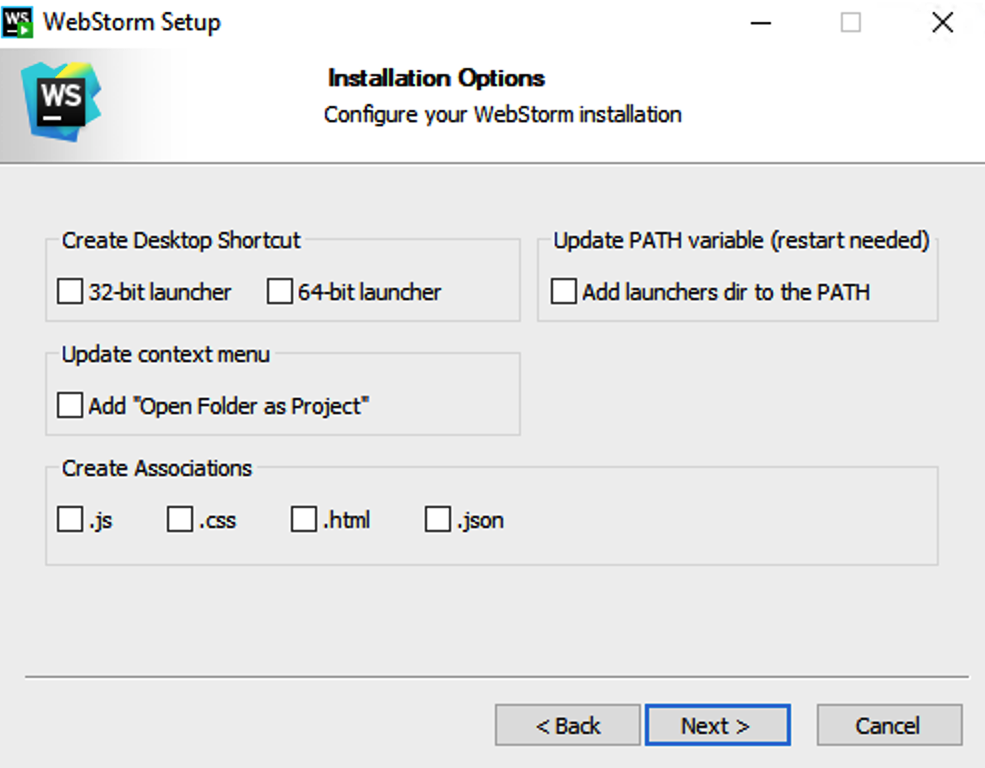program path not specified webstorm что делать
webstorm IDE: program path not specified when running JS script how can I fix this?
I’m trying to run my JavaScript script, however the message keeps on giving me an error saying:
Is there a way to fix this?
4 Answers 4
If you didn’t install node.js and npm, you need to do so.
If you are trying to debug js code and you are using a chrome browser, you need to install their extension and use «Inspect in WebStorm» action.
Found the above behavior occurs with the WebStorm project folder within the OneDrive path (Windows 10). As shown in the image of the run configuration, WebStorm shows and error for location of the path to the JavaScript file even though it is correct. Click Run > Continue from here and it executes with node.js as expected. Move the project to a folder outside of the OneDrive path and the error is gone.
Not the answer you’re looking for? Browse other questions tagged webstorm or ask your own question.
Related
Hot Network Questions
Subscribe to RSS
To subscribe to this RSS feed, copy and paste this URL into your RSS reader.
site design / logo © 2021 Stack Exchange Inc; user contributions licensed under cc by-sa. rev 2021.11.12.40742
By clicking “Accept all cookies”, you agree Stack Exchange can store cookies on your device and disclose information in accordance with our Cookie Policy.
ESLint in WebStorm
Every time I got this message:
or no such directory message.
3 Answers 3
You need to point that field to the actual ESLint script. This would usually be the place where you’ve installed the ESLint npm package or command-line tool.
I’ve installed npm & node with brew. It’s easy to keep stuff up to date with brew.
then installed eslint globally with npm
and here is my working config:
Try using those drop-downs next to input field, webstorm gives path w/o any typing.
Following are the steps you need to get it working on Windows 10:
Open command prompt and navigate to your project root.
In the Settings screen that shows up, in the top-left hand corner, there is a Search box. Type eslint in it.
That will show you the ‘ESLint’ settings for this project. Now tick the checkbox that says «Enable». Make sure that the Node interpreter: has the right value. In my case, it was C:\Program Files\nodejs\node.exe
Just below the Node interpreter: setting, there is a setting called ESLint package:. If you have correctly installed the ESLint package as I mentioned in Step 2 above, this setting will be auto-populated to show the current path of ESLint package from your project’s node_modules folder. In my case, the value of this setting was: D:\www\gdp\node_modules\eslint (gdp is my project root folder)
Click on Apply and OK buttons respectively.
Restart Webstorm. If you have successfully completed all the steps, you will not see the prompt to enter the ESLint again.
Command-line interface
Use WebStorm features from the command line: open files and projects, view diffs, merge files, apply code style formatting, and inspect the source code.
For information about running command-line tools from inside WebStorm, see Terminal.
Launcher for a standalone instance
The installer can do this for you if you select Add launchers dir to the PATH on the Installation Options step of the setup wizard.
To run WebStorm from the shell, use the open command with the following options:
-a : specify the application.
—args : specify additional arguments when passing more than just the file or directory to open.
-n : open a new instance of the application even if one is already running.
For example, you can run WebStorm.app with the following command:
If WebStorm is not in the default /Applications directory, specify the full path to it.
You can create a shell script with this command in a directory from your PATH environment variable. For example, create the file /usr/local/bin/webstorm with the following contents:
Make sure you have permissions to execute the script and since /usr/local/bin should be in the PATH environment variable by default, you should be able to run webstorm from anywhere in the shell.
Since /usr/local/bin should be in the PATH environment variable by default, you should be able to run the webstorm command from anywhere in the shell.
Shell scripts generated by the Toolbox App
If you are using the Toolbox App to install and manage JetBrains products, it can create shell scripts for launching your IDEs from the command line.
Generate shell scripts
If necessary, change the shell scripts location.
If you have several versions of the same IDE, the Toolbox App generates a shell script for each version with a unique name. You can change the name of the shell script for an IDE instance in the settings for this specific instance.
Change the name of the shell script
Open the Toolbox App.
At the bottom, change the Shell script name field.
By default, the Toolbox App puts shell scripts in a directory from the system PATH environment variable, so you can run the name of the script as a command to launch WebStorm from any working directory.
Command-line arguments
The launcher script accepts commands, options, and other arguments to modify its behavior:






